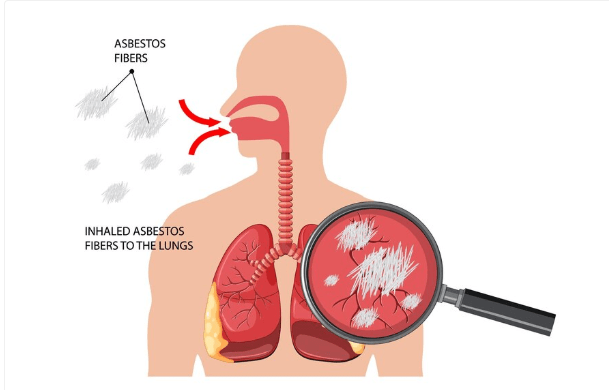- Chronic Lyme disease (CLD) is not officially recognized as a clinical diagnosis by most major medical authorities.
- It is often confused with Post-Treatment Lyme Disease Syndrome (PTLDS), which affects a small percentage of patients after treated Lyme infections.
- Many patients labeled with CLD have no confirmed history of Lyme infection through laboratory testing.
- Symptoms attributed to CLD—fatigue, joint pain, cognitive fog—overlap strikingly with conditions like fibromyalgia or chronic fatigue syndrome.
- Prolonged antibiotic therapy, especially intravenous treatment, is strongly discouraged due to significant risks and minimal benefits.
- The CDC and NIH emphasize symptom management and accurate diagnosis over unverified long-term treatments.
- Advocacy groups and state laws have carved exceptions for doctors who treat CLD unconventionally, sparking medical and ethical debates.
- Patients may suffer complications from unnecessary treatments, including C. difficile infections, sepsis, or missed diagnoses such as cancer or autoimmune disease.
- Despite controversy, many patients find identity, community, and emotional relief in the CLD label, highlighting the gap between lived experience and scientific consensus.
- Reference: NIH – Chronic Lyme Disease
Chronic Lyme disease is arguably one of the most divisive illnesses, causing strong disagreements between science and belief. The term endures despite not having official medical recognition, appearing regularly in forums, clinics, and even legislative chambers. Many patients report symptoms that are difficult to diagnose, such as persistent brain fog, crippling joint pain, and unrelenting fatigue. The label gives suffering that might otherwise feel disorganized or disregarded a kind of narrative structure for a sizable percentage of these people.
Examining the medical perspective, we discover that the idea that chronic Lyme is a persistent bacterial infection is strongly disapproved of by specialists. Experts in infectious diseases and researchers from the National Institutes of Health have repeatedly failed to discover any convincing proof that the Borrelia bacteria are still active after treatment. Rather, immune reactions or the emergence of secondary conditions like fibromyalgia—which are initially brought on by infection but are not sustained by it over time—are more likely to be the cause of persistent symptoms.
One of this belief system’s most alarming offshoots is the use of prolonged antibiotic courses, especially those that involve IV infusions over months. Numerous patients have contracted infections that are resistant to antibiotics, and some have passed away as a result of complications like sepsis. In spite of this, patient advocacy organizations like ILADS still advocate for extended therapy and even push for legal protections for physicians who are prepared to prescribe such regimens. Because of this, laws have been passed in a number of U.S. states that protect these practitioners from disciplinary action, even if their practices go against evidence-based recommendations.
Celebrities have been talking candidly about their personal experiences with Lyme disease for the past ten years. For many patients, celebrities like Yolanda Hadid and Avril Lavigne have come to represent tenacity, but their personal stories also make clinical discussions more difficult. These testimonies, which are frequently posted on social media, blur the boundaries between anecdotal persuasion and scientifically based medical awareness, occasionally promoting self-diagnosis or defiance of conventional wisdom.
How to help people with genuine, life-altering symptoms when their diagnosis is still elusive is the fundamental conundrum at the heart of this controversy. Individuals who claim to have CLD are not making up their suffering; many have gone through a rigorous testing process only to leave without receiving any definitive results. The CLD label gives these people a name, a tribe, and a perceived recovery plan, making it more than just a diagnosis.
This can have remarkable psychological effects. A name gives direction as well as context. It enables victims to focus their lives on a battle they can win. However, doing so could also make them more susceptible to unapproved procedures and medical professionals who don’t follow accepted medical ethics. Some people are told they have “toxic mold exposure” or “parasites that labs cannot detect.” Others receive contentious treatments that lack peer-reviewed evidence, such as herbal detoxes or electromagnetic devices.
Nearly 40% of patients in CLD treatment trials report feeling better after taking a placebo, according to studies. This suggests that the power of belief, rather than the medication itself, may be the source of perceived progress. This emphasizes how crucial it is to make sure treatments are safe and supported by science, without diminishing their experience.
In the event that autoimmune dysregulation or post-infectious syndrome are the primary cause, attention must be directed toward reducing inflammation, promoting healing, and investigating antibiotic-free treatment options. Rebuilding trust between patients and physicians, between advocacy and ethics, and between emotion and evidence is necessary to get there.
In the end, the controversy surrounding chronic Lyme disease reflects something much larger: a healthcare system that frequently fails patients whose symptoms don’t fit the definitions found in textbooks. The most humane—and scientifically sound—course of action may be to acknowledge suffering without sacrificing standards as we shift toward more individualized, integrative approaches to medicine.






